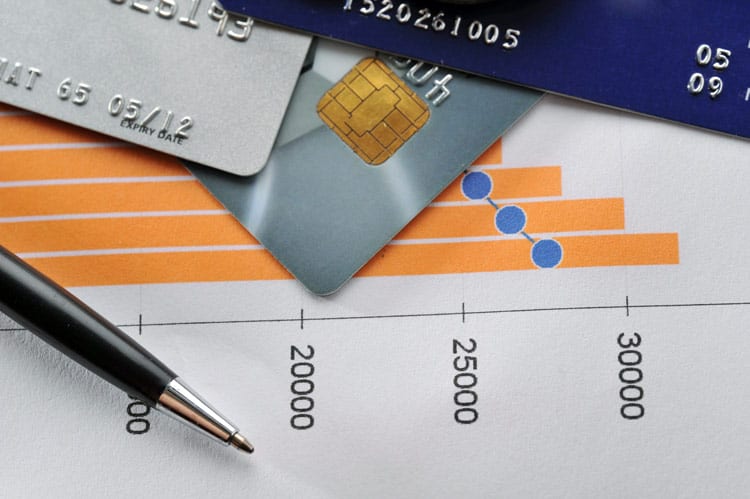Using your credit card carelessly is never a smart idea because it’s one of the fastest ways to get into debt. An interest rate, ranging from 36 to 48 percent is added to the unpaid amount. This may be a considerable burden, and it can take time and money to escape this trap.
Thus, here are six tips following which you can avoid the high-interest rates on your credit card payments.
- Pay Credit Card Due on Time
Only 5% of the balance due on any credit card issued by any issuer, such as Visa or MasterCard, must be paid monthly. You can carry over the balance to the following month, but you should avoid doing this regularly because it’s the quickest way to fall into a debt trap.
In addition to interest and taxes, you will also be paying a late payment fee if you fail to pay even the minimum sum of 5 percent by the deadline.
You should pay off the balance in full as of the due date to avoid paying additional charges or high credit card interest rates.
- Pay Off Credit Cards Dues in Order of Credit Card Interest Rates
Some personal finance experts advise paying off credit card debt from the largest balance on the card with the lowest balance first if you have more than one credit card. The idea is that small successes will give you momentum and motivation.
However, paying off credit cards according to their interest rates. Begin with the card with the biggest interest, and working your way down will result in the most significant financial savings.
- Make a Balance Transfer
If you cannot pay the bill in full and the money is tight, do not revolve the credit to the next month – it will have a hefty interest rate of between 3 and 4 percent monthly.
What you should do: You can use the “balance transfer” (BT) feature if you have multiple cards. However, upon using the service, the card limit is blocked up to the BT amount.
Balance transfers involve moving your debt from one creditor to another. The goal is to reduce monthly interest payments on low-interest credit cards. However, there will be processing fees involved in this.
- Convert Debts to EMI Payments
Convert all expensive purchases on your card to EMIs because they have a lower interest rate.
EMI conversion facilities can come in two varieties. The first is the merchant EMIs that a retailer provides when you use your credit card to purchase certain goods. The other is when you choose to convert your purchase into EMI payments.
- Refrain from Using Credit Cards Abroad
For foreign currency transactions, using a credit card while traveling is acceptable but could be costly. This is because the conversion fees may range from three percent to five percent.
Also Read: Top 5 Benefits Of Using Virtual Payment Card
Conversion fees add extra fees that are assessed when using a credit card at an ATM when traveling overseas.
You should travel with a forex card instead of a credit card to get better rates and save overall costs.
- Credit Card Features: No Interest-Free Period for New Purchases
The interest-free period is provided to new credit card users. You can take advantage of this credit card feature to avoid interest charges on your bill payments. For instance, you spend Rs. 25,000 from your credit card during the interest-free period and aren’t able to pay the due next month. In this case, the due amount doesn’t attract interest charges as this transaction has been done during the interest-free period. This way, you can save interest payments on your credit card bills in the initial months.
Final Word
Today, cashless transactions are becoming more and more common since they are safer, quicker, and more manageable. However, cashless purchases, such as using a credit card, frequently lead to overspending, which in turn causes debts.
Such a habit can also take a lot of time and money to get rid of. As a result, it is vital to handle your finances carefully, keep track of your spending, and effectively employ all your credit card features.


